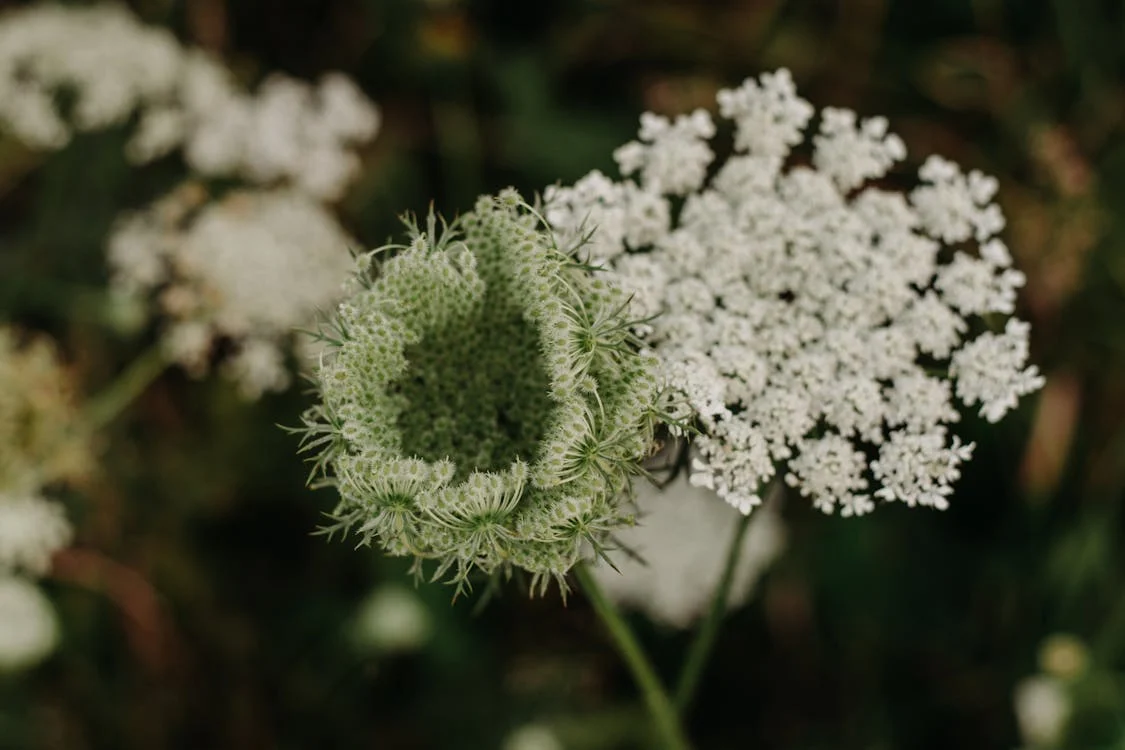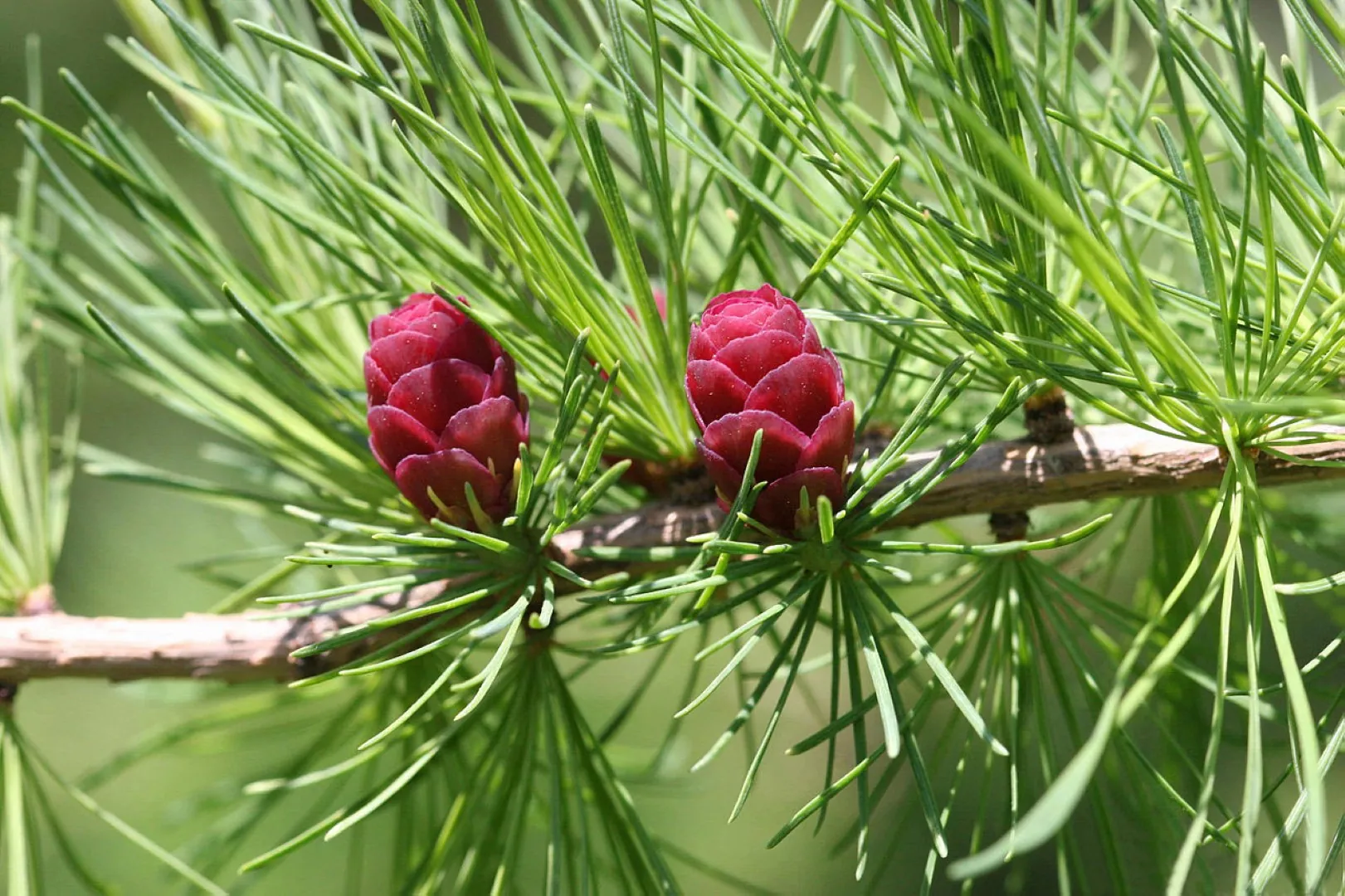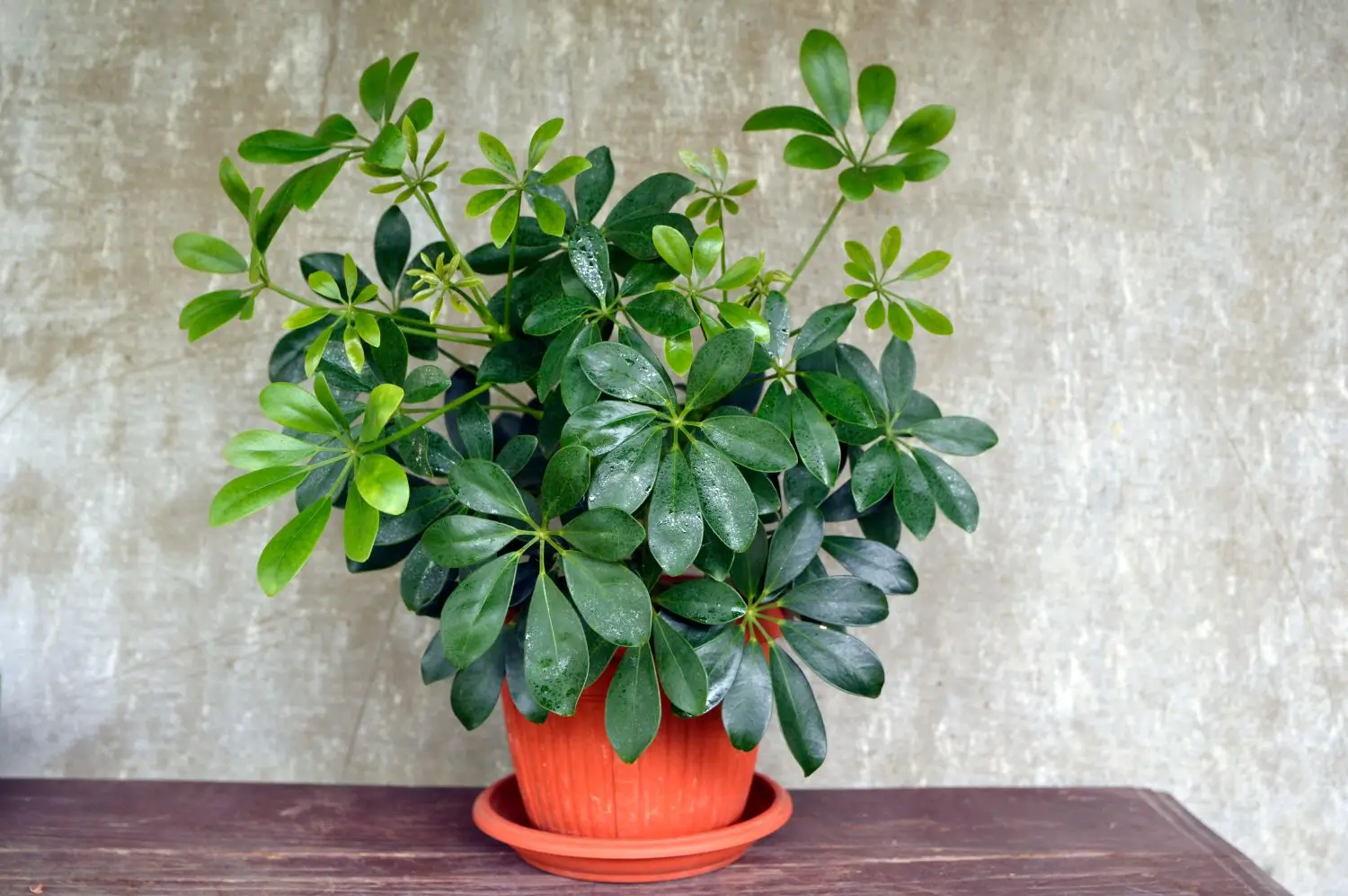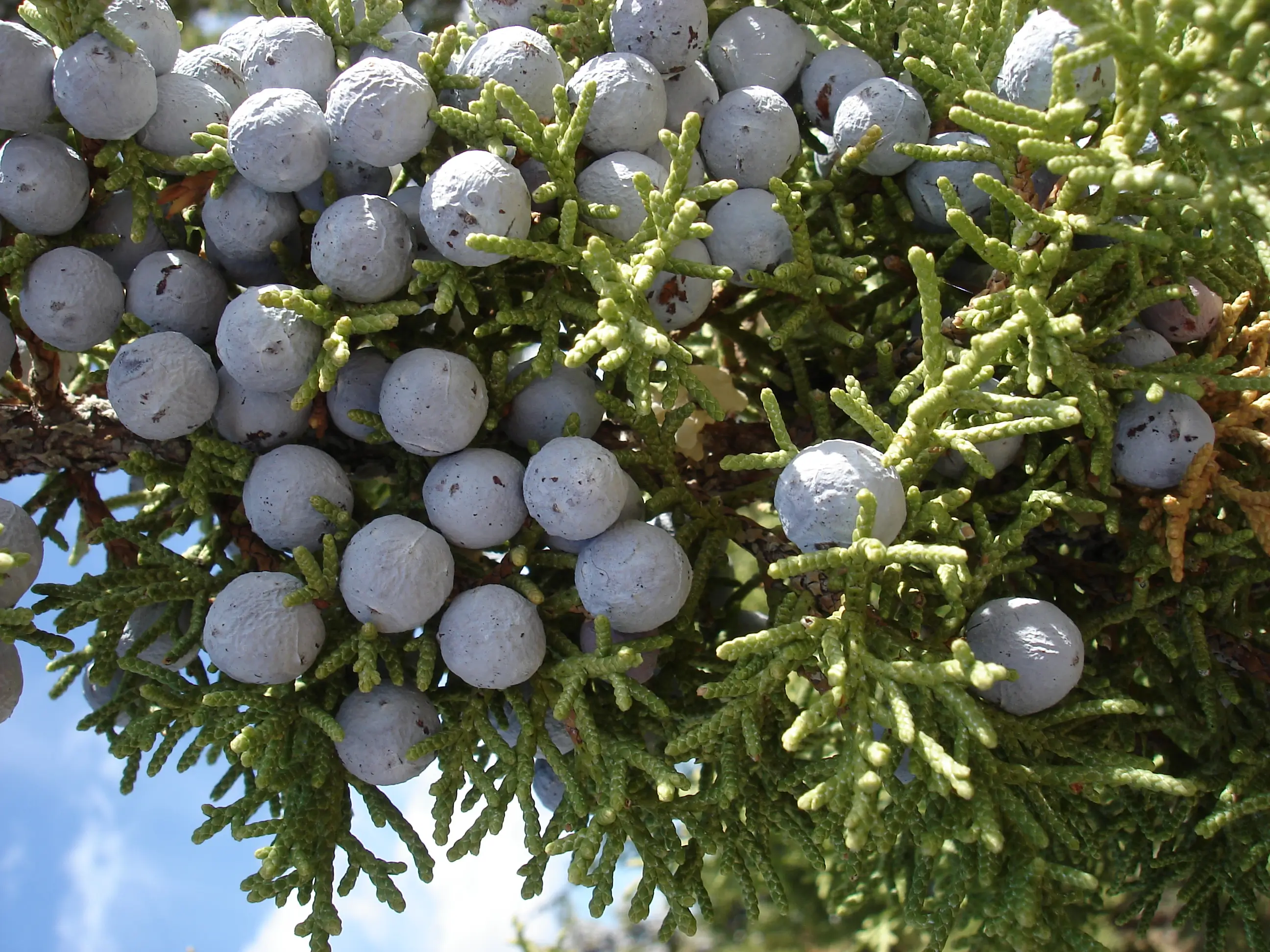
Soil Health & Fertilization
We unite suppliers and green industry professionals worldwide
Queen Anne’s Lace has long inspired the imagination of both gardeners and herbalists alike with its umbrella-shaped clusters of white flowers and feathery, fern-like foliage.
By Mariam Scott
|Published on June 13, 2025


“Can a flower be both elegant and wild, delicate and daring?”
That’s the paradox and the charm of Queen Anne’s Lace (Daucus carota), a wildflower as rich in history as it is in beauty. This plant has long inspired the imagination of both gardeners and herbalists alike with its umbrella-shaped clusters of white flowers and feathery, fern-like foliage.
Its name carries a romantic and somewhat mysterious origin. According to legend, the flower was named after Queen Anne of England, an accomplished lace maker. According to the tale, she accidentally pricked her finger making lace, which left a drop of blood on the fabric. The tiny dark purple or red floret often found at the center of each bloom is said to represent that drop of blood on her delicate white lace.
Today, Queen Anne’s Lace thrives abundantly along roadsides and in meadows, but it also has its place in intentional gardens, where it adds airy texture, attracts pollinators and and complements both wild and cultivated plants. It will grow and spread with just a bit of care, giving you a classic look with a wild edge.
| Common Names | Queen Anne’s Lace, Wild Carrot |
| Botanical Name | Daucus carota |
| Type | Biennial wildflower |
| Height/Spread | 2–4 foot tall, 1–2 foot wide |
| Sunlight | Best in full sun to partial shade |
| Soil Type | Well-drained, moderately rich |
| Watering | As required (low once established) |
| Bloom Time | Mid to late summer |
| Hardiness Zones | USDA 3–9 |

September 25, 2025
9 minute read
September 24, 2025
9 minute read
September 23, 2025
10 minute read
September 22, 2025
9 minute read


Join as a seller and connect with thousands of B2B buyers nationwide!
Sign Up

Tamarack
Unlike its evergreen relatives, Tamarack is a deciduous conifer that loses its soft, green needles each fall by ending the season in a radiant display of golden yellow

Umbrella Plant
With a name as amusing as it looks, let’s find out why the Umbrella Plant (Schefflera arboricola) deserves to be the centre of attention!

Utah Juniper
Meet the Utah Juniper (Juniperus osteosperma) - a natural wonder of persistence! This tough evergreen shrub can take what most plants cannot: intense heat, ricky soil, biting cold and prolonged drought.

Vanilla
Vanilla, the world’s most popular flavor, actually comes from a plant. Namely the Vanilla planifolia, a tropical vining orchid that produces long green pods rich with flavor and history.
Queen Anne’s Lace is easy to grow and nearly self-sufficient once it’s established. As a biennial, it produces a rosette of leaves in its first year and sends up flower stalks in its second. It thrives in sunny, open spaces with well-drained soil, and though often considered a weed in some areas, it can be a graceful, pollinator-friendly plant in managed settings. It self-seeds readily, so deadheading may be necessary if you want to control its spread.
This plant likes full sun — it promotes strong stems and lots of flower heads. It can tolerate some shade, especially in hot climes, but may bloom sparingly. A place that gets 6 or more hours of direct sunlight daily is best.
Queen Anne’s Lace is not picky about soil, thriving in well-drained loamy to sandy soil. Though it will endure some poor conditions, it performs best with moderate fertility and slightly alkaline to neutral pH. Avoid rich or wet soils, which will result in floppy stems or root rot.
Once it’s established, Queen Anne’s Lace is drought-tolerant and needs watering only during very dry periods. Water frequently for young seedlings during the early stages until roots establish well. Afterwards, nature typically handles the rest. It’s also important to knwo that over watering can lead to leggy, weak plants.
There’s little need for pruning, but deadheading spent blooms can reduce self-seeding and extend the flowering season. If you like a more naturalized look, you can let the plan reseed and return each year in different spots. If the foliage becomes messy after flowering, it can be cut back to encourage fresh growth. In managed garden beds, removing the entire plant in late fall can help limit spread.
Queen Anne’s Lace is easiest to propagate by seed, which is the way it reproduces in the wild.
The plant will form a rosette in the first year and bloom in its second.. If you let it self-seed, it will come back year after year with minimal assistance.
Queen Anne’s Lace is normally grown in open meadows or garden beds, but can grow in containers with care.
Container growth limits self-seeding, as well as makes it easier to enjoy the plant’s beauty in controlled environments.
As a biennial, Queen Anne’s Lace survives cold winters in its first-year rosette form. In USDA zones 3–9 there is no special protection needed. If you’re growing it in containers, protect pots from extreme freezing by moving them to a protected location or wrapping them in insulating material. In spring of its second year, the plant will begin growing again and send up flower stalks.
Queen Anne’s Lace flowers in mid to late summer, with large, flat-topped clusters of tiny white blooms. Each flower umbel can span up to 5 inches and generally has a single, deep-purple floret at the center, a trait that has inspired folk stories for centuries. The blooms are long-lasting and attract bees, butterflies, and beneficial insects.
After flowering, the umbels curl inward to form a bird’s nest-like shape, which eventually dries and releases seeds for the next generation.
Queen Anne’s Lace is mainly trouble-free, but keep in mind:
Elegant but wild, simple but ancient in folklore, Queen Anne’s Lace brings a poetic quality to gardens, meadows and pollinator plots. With its delicate blossoms, feathery foliage and intriguing history, it’s the plant that combines history and natural grace together. Whether you grow it for beauty, wildlife or symbolism, Queen Anne’s Lace is a gentle reminder of how closely nature and legend are often entwined.
In some areas, yes. It self-seeds vigorously and can outcompete native species. Always check local regulations before planting in wild or open spaces.
It’s a relative of the cultivated carrot and smells like carrot, but wild foraging is not recommended unless you are 100% certain of the plant’s identification due to poisonous lookalikes.
Blooms last from midsummer into early fall, especially when deadheaded.
As a biennial, the same plant won’t flower for two seasons in a row, but if it’s allowed to self-seed, you’ll have new plants every season.

Soil Health & Fertilization
Victor Miller

Pest Identification & Prevention
Victor Miller

Lawn Care Tips & Maintenance
Victor Miller

Soil Health & Fertilization
Victor Miller

Smart Irrigation Systems
Victor Miller

Patios, Walkways & Driveways
Victor Miller

Soil Health & Fertilization
Victor Miller

Pest Identification & Prevention
Victor Miller
My Account
Our team is always here to help.
We are open Monday - Friday, 9:00 AM to 4:30 PM PST.